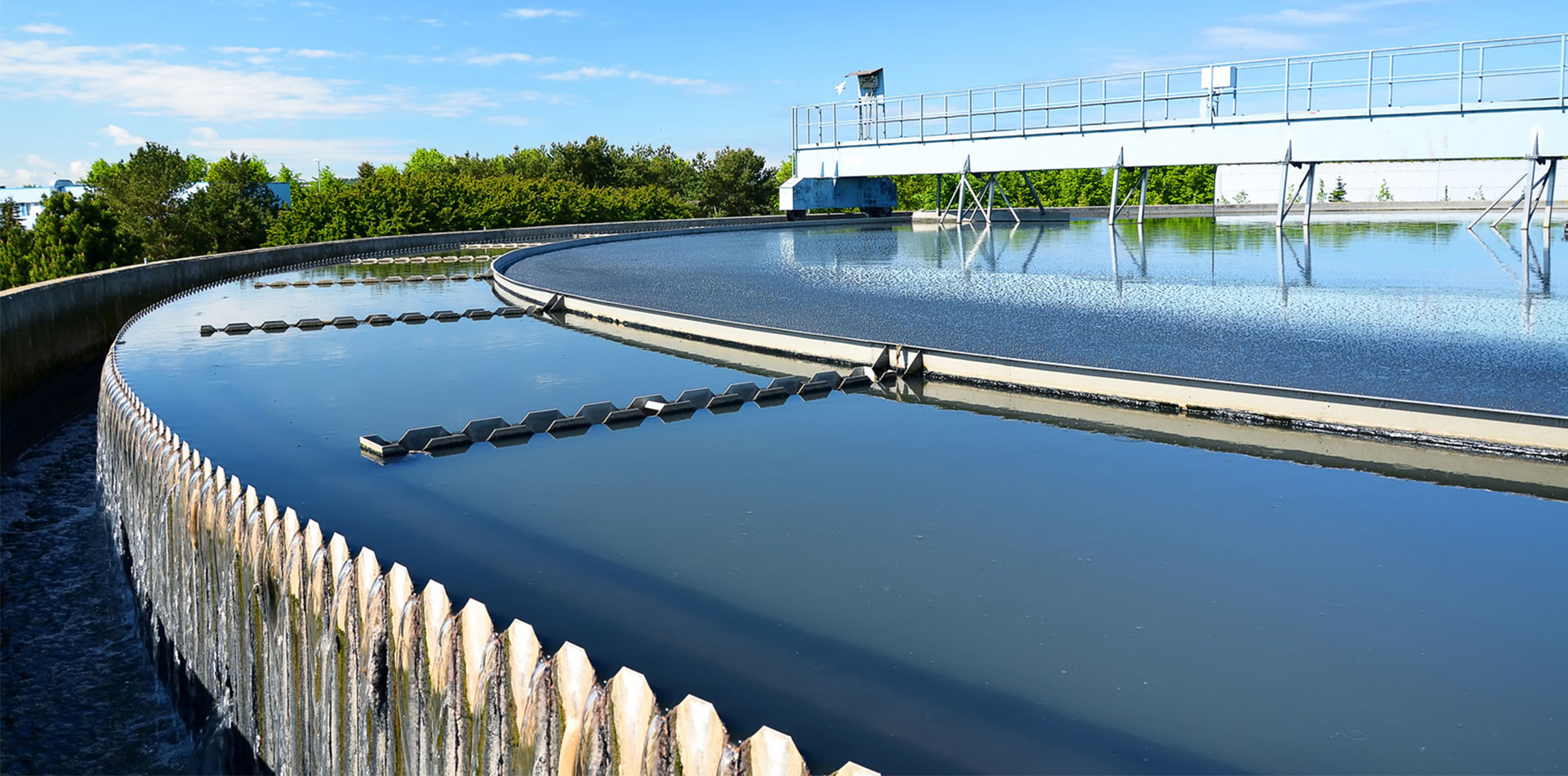 +86-15267462807
+86-15267462807
Diffused air and mechanical wastewater aeration systems are both methods of introducing oxygen into wastewater to support the growth of aerobic bacteria, which break down organic matter in the water. However, they differ in how they accomplish this goal.
A diffused air system typically uses a network of pipes or hoses with small perforations to release bubbles of air into the wastewater. These bubbles rise to the surface, creating turbulence and increasing the surface area of the water in contact with air, which promotes oxygen transfer. Diffused air systems are generally energy-efficient and have low maintenance requirements, making them a popular choice for smaller wastewater treatment facilities.
In contrast, a mechanical aeration system typically uses a mechanical agitator or mixer to create turbulence in the wastewater, which increases the surface area in contact with air and promotes oxygen transfer. Mechanical systems are often more effective at mixing large volumes of wastewater quickly and can be more energy-intensive than diffused air systems.
Both systems have their advantages and disadvantages, and the choice between them will depend on a variety of factors, such as the size and complexity of the treatment facility, the level of treatment required, and the available resources and budget. In some cases, a combination of diffused air and mechanical aeration may be used to optimize performance and energy efficiency. We are a leading manufacturer of diffused air systems for wastewater treatment. Our diffused air system use fine bubble tube diffusers and disc diffusers to provide effective oxygen transfer while minimizing energy consumption. 
Energy Efficiency: Diffused air systems are generally more energy-efficient than mechanical aeration systems. According to a study published in the Journal of Environmental Engineering and Science, diffused air systems were found to consume up to 70% less energy than mechanical aeration systems while achieving the same level of oxygen transfer.
Low Maintenance: Diffused air systems require minimal maintenance compared to mechanical systems, which often require regular servicing of mechanical components like pumps and motors. A study published in the Journal of Water Process Engineering found that diffused air systems had lower maintenance costs than mechanical systems.
Effective Oxygen Transfer: Diffused air systems create fine bubbles that rise slowly through the wastewater, providing more contact time for oxygen transfer than larger bubbles created by mechanical systems. A study published in the Journal of Environmental Management found that diffused air systems were more effective at transferring oxygen to the wastewater than mechanical systems.
Limited Mixing: Diffused air systems are primarily designed for oxygen transfer and may not provide sufficient mixing to ensure uniform treatment throughout the wastewater. This can result in localized areas of low oxygen or high levels of organic matter, which can negatively impact treatment efficiency. A study published in the Journal of Water Supply: Research and Technology-AQUA found that diffused air systems had limited mixing capability and could result in stratification of the wastewater.
Higher Capital Costs: Diffused air systems require a network of pipes or hoses with perforations, which can increase capital costs compared to mechanical aeration systems. However, the lower energy consumption and maintenance costs of diffused air systems may offset this initial investment in the long run.
High Mixing Capability: Mechanical aeration systems provide excellent mixing throughout the wastewater, ensuring uniform treatment and reducing the risk of stratification. A study published in the Journal of Environmental Engineering and Science found that mechanical aeration systems had higher mixing capability than diffused air systems.
Suitable for Large-Scale Treatment: Mechanical aeration systems are typically better suited for large-scale wastewater treatment facilities due to their ability to mix large volumes of wastewater quickly. A study published in the Journal of Environmental Management found that mechanical aeration systems were more effective at treating large volumes of wastewater than diffused air systems.
Energy Intensive: Mechanical aeration systems require the use of mechanical components like pumps and motors, which can be energy-intensive and result in higher operational costs. A study published in the Journal of Water Process Engineering found that mechanical aeration systems had higher energy consumption than diffused air systems.
High Maintenance: Mechanical aeration systems require regular maintenance of mechanical components like pumps and motors, which can result in higher maintenance costs compared to diffused air systems. A study published in the Journal of Water Supply: Research and Technology-AQUA found that mechanical aeration systems had higher maintenance costs than diffused air systems.